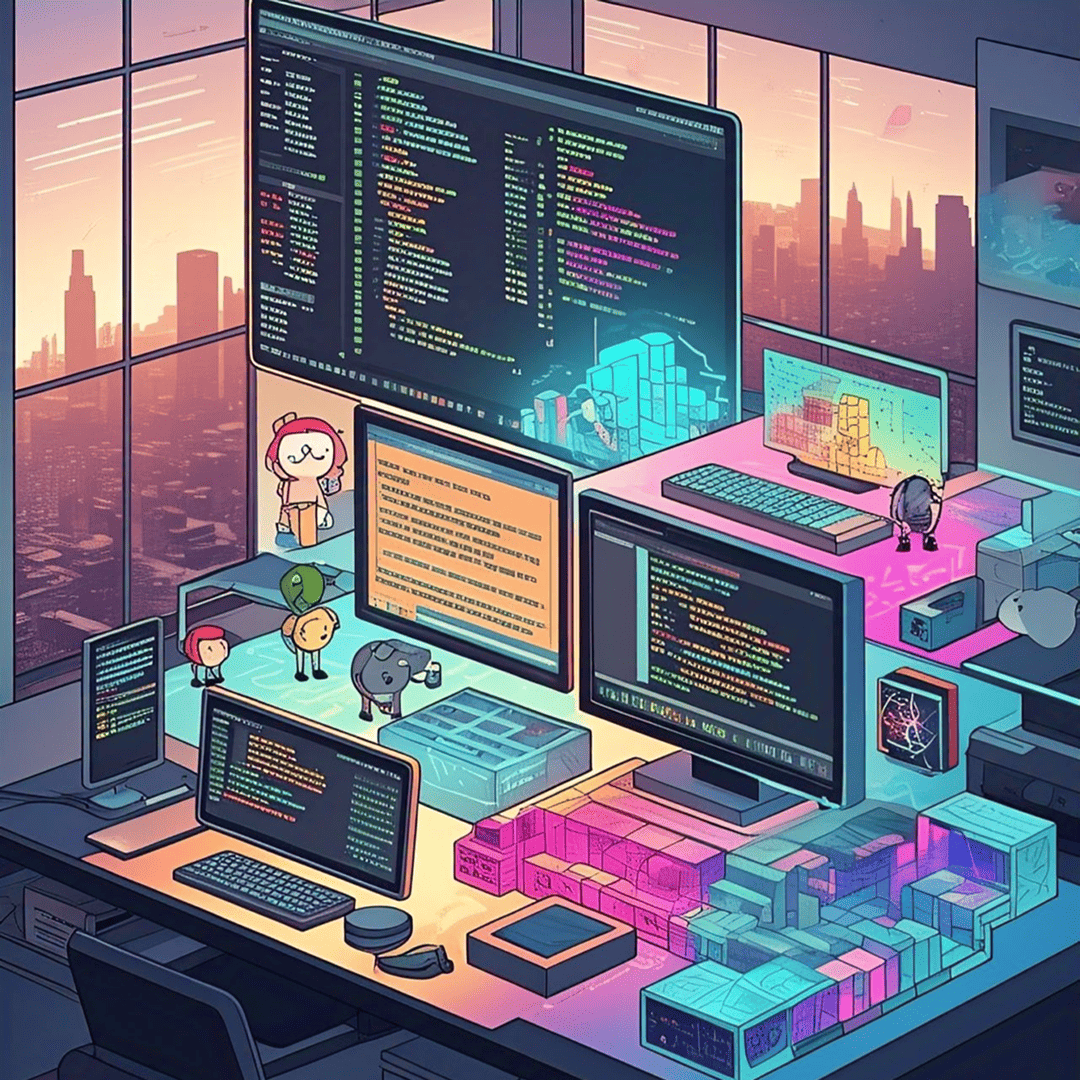Visual Programming: Building Intelligent Robots with Advanced Tools
Introduction
The evolution of programming environments for robotics has been marked by a shift from traditional coding methods to more intuitive approaches like visual programming. This innovative method simplifies the development of robotic systems by allowing users to create programs through graphical interfaces rather than complex text-based code. As robotics continues to advance, visual programming is playing a pivotal role in making robot development more accessible and efficient.
1. Historical Context of Robot Programming
The earliest methods of programming industrial robots relied on the “teaching by showing” approach, where a programmer manually guided the robot through motions. While simple, this method was limited to repetitive tasks and lacked the flexibility needed for complex operations. Over time, symbolic programming languages like AL, VAL, and AML emerged, offering more advanced capabilities but requiring significant expertise.
The introduction of visual programming marked a turning point, enabling developers to create robot programs using drag-and-drop interfaces and graphical representations. This approach reduced the cognitive load on programmers and made robotics more accessible to non-experts.
2. The Shift to Task-Level Programming
To address the challenges of manipulator-level programming, researchers developed task-level languages that focus on the objects and goals of a task rather than the robot’s specific movements. Visual programming environments further simplified this process by allowing users to define tasks through intuitive graphical elements.
These environments integrate seamlessly with CAD/CAM systems, enabling precise modeling and simulation of robotic tasks. By leveraging visual programming, developers can create more reliable and efficient robot programs without extensive coding knowledge.
3. Programming Environments and Tools
Modern visual programming environments have revolutionized robotics development by offering features like interactive debugging, graphical simulation, and real-time feedback. These tools reduce the complexity of programming and enhance the overall development process.
3.1 Interactive Debugging and Simulation
Interactive debugging tools allow developers to test and refine their programs in real-time, while graphical simulations provide a visual representation of the robot’s actions. These features are particularly useful in visual programming, where users can see the outcomes of their designs before deployment.
3.2 Integration with CAD/CAM Systems
By integrating with CAD/CAM systems, visual programming environments enable developers to use existing design data to create accurate and efficient robot programs. This integration is critical for tasks like assembly and machining, where precision is paramount.
4. Challenges in Robot Programming
Despite the advancements brought by visual programming, several challenges remain in the field of robotics development.
4.1 Sensory Integration
Incorporating sensory data into robot programs is still a complex task. While visual programming simplifies the process, effectively utilizing sensor feedback in dynamic environments remains a challenge.
4.2 Multi-Robot Coordination
Programming multiple robots to work together efficiently is another hurdle. Visual programming environments are evolving to address this need, but further advancements are required to manage resource sharing and parallel actions effectively.
5. Future Directions in Programming Environments
The future of visual programming in robotics is bright, with several trends shaping its evolution.
5.1 Intelligent Programming Systems
The integration of AI into visual programming environments will enable systems to learn from experience and adapt to new tasks, reducing the need for human intervention.
5.2 Enhanced User Interfaces
As robotics becomes more mainstream, user-friendly visual programming interfaces will be essential for making robot development accessible to a broader audience.
5.3 Standardization and Interoperability
Standardized visual programming languages and tools will facilitate interoperability between different robotic systems, enabling developers to create and share programs more easily.
Conclusion
In conclusion, Building Intelligent Robots with Advanced Programming Languages is now more accessible and efficient thanks to the rise of visual programming environments. These tools simplify complex coding tasks, enabling developers to create sophisticated robotic systems with minimal expertise. By integrating AI, sensory data, and multi-robot coordination, visual programming is paving the way for smarter, more adaptable robots. As the field evolves, these advancements will continue to drive innovation, making robotics more accessible and impactful across industries.
At Cloudastra Technologies, we specialize in software services tailored to meet your needs. Visit us today for more business inquiries and see how we can assist you.
